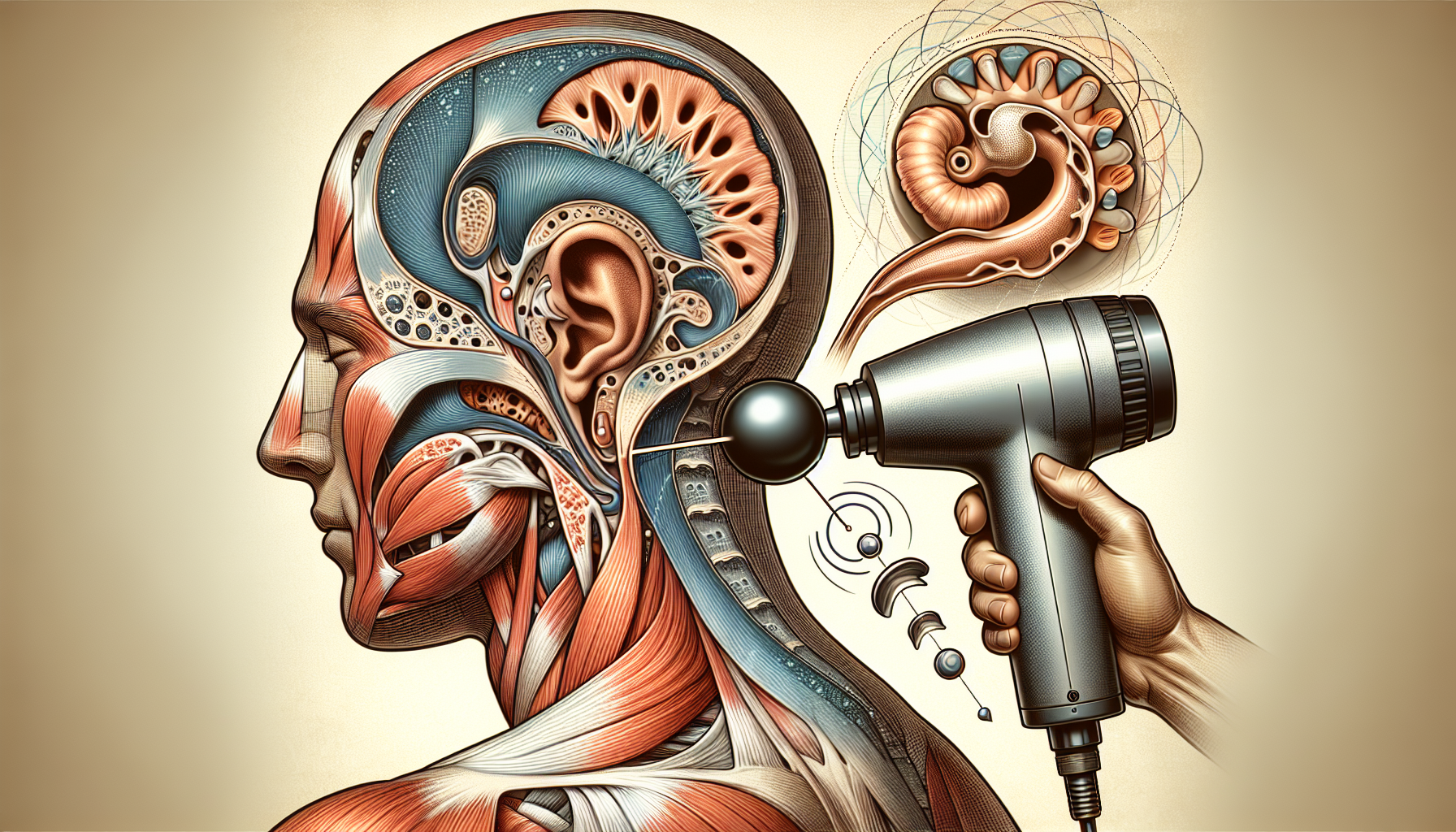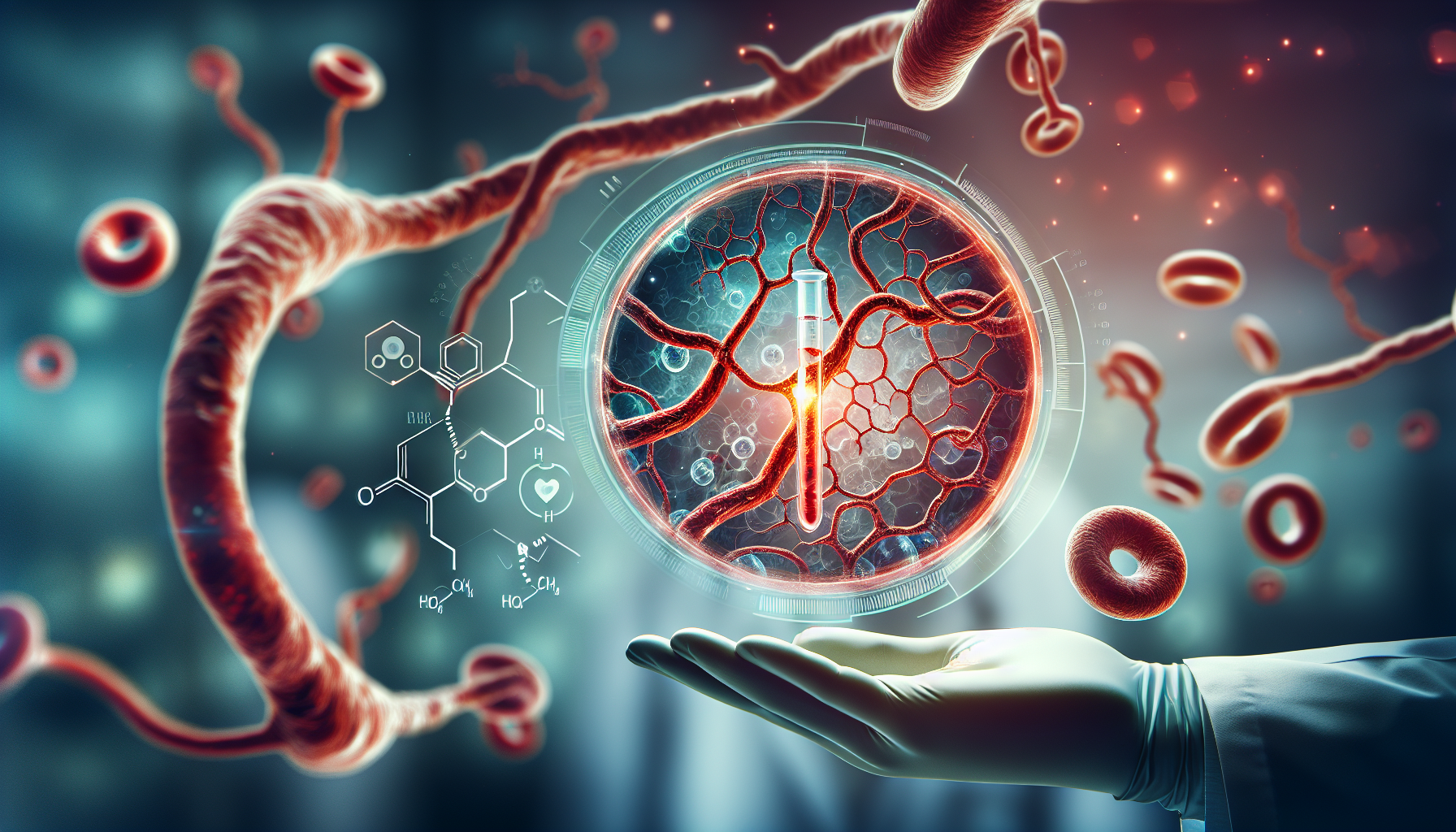Setback in Migraine Prevention: AEON Biopharma's ABP-450 Fails to Outperform Placebo
Key Takeaways
- AEON Biopharma's ABP-450 did not outperform a placebo in a phase 2 clinical trial focused on preventing chronic migraines.
- The similarity in reductions of migraine days between ABP-450 and placebo groups has prompted the company to analyze the 'placebo effect' further.
- The results highlight the challenges in developing effective preventive treatments for migraines, emphasizing the need for new strategies and deeper understanding of placebo responses.
Did You Know?
Overview of Recent Clinical Trial Results
AEON Biopharma recently disclosed preliminary findings from a phase 2 clinical trial evaluating the efficacy of ABP-450 in preventing chronic migraines. The study aimed to determine if ABP-450 could significantly reduce the number of migraine days per month. However, the results indicated that ABP-450, administered in doses of 150 U and 195 U, did not perform better than a placebo. Both dosage groups, as well as the placebo group, showed similar reductions in monthly migraine days, approximately 8.5 and 7.7 for ABP-450 and 8.4 for the placebo.
The trial involved 325 participants who suffer from chronic migraines. Despite the hopes pinned on ABP-450, the data revealed no statistically significant difference in migraine reduction between the treatment and placebo groups.
Company's Reaction and Future Plans
Marc Forth, the CEO of AEON Biopharma, expressed disappointment over the lack of significant results but noted that the reduction in migraine days was as expected. The unexpected similarity in results between the treatment and placebo groups has prompted further analysis to understand this phenomenon, often referred to as the 'placebo effect'. The company plans to conduct a thorough review of the data to decide the future direction of ABP-450's development for migraine prevention.
Details on ABP-450 and Its Mechanism
ABP-450, also known as prabotulinumtoxinA, is a formulation of botulinum toxin type A. It is designed to block the release of acetylcholine, which is a neurotransmitter that triggers muscle contractions. By inhibiting this release, ABP-450 aims to reduce nerve and muscle activity that can lead to migraines and other neuromuscular disorders.
Implications of the Study's Findings
The lack of significant results in this phase 2 trial raises questions about the potential of ABP-450 as a standalone treatment for chronic migraine prevention. The high placebo response observed is particularly puzzling and suggests that patient expectations or other study parameters might influence outcomes. This phenomenon is not uncommon in migraine trials but is usually less pronounced.
Secondary outcomes of the study, which included various measures of migraine impact and quality of life, also failed to show significant differences between the treatment and placebo groups. This further complicates the development path for ABP-450.
Broader Impact on Migraine Treatment Research
The findings from AEON Biopharma's study contribute to the ongoing discussion about the challenges of developing effective preventive treatments for migraines. Migraines affect a significant portion of the population and can severely impact the quality of life. Effective treatments are crucial, and setbacks such as this highlight the difficulties in finding new therapeutic options.
Despite the setback, the research provides valuable data that could inform future clinical trials and strategies in migraine prevention. Understanding why high placebo responses occur and how to mitigate them could be key to advancing migraine treatment research.






